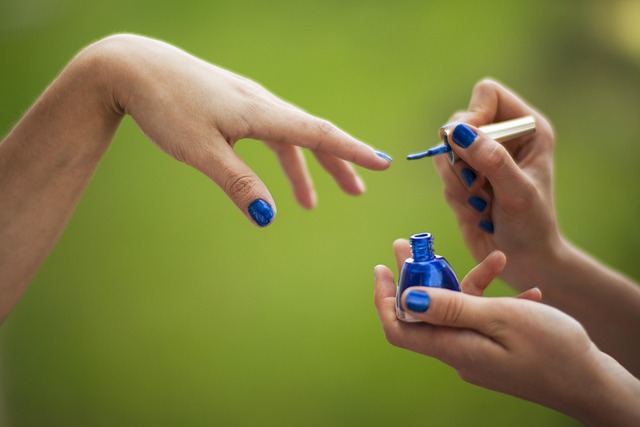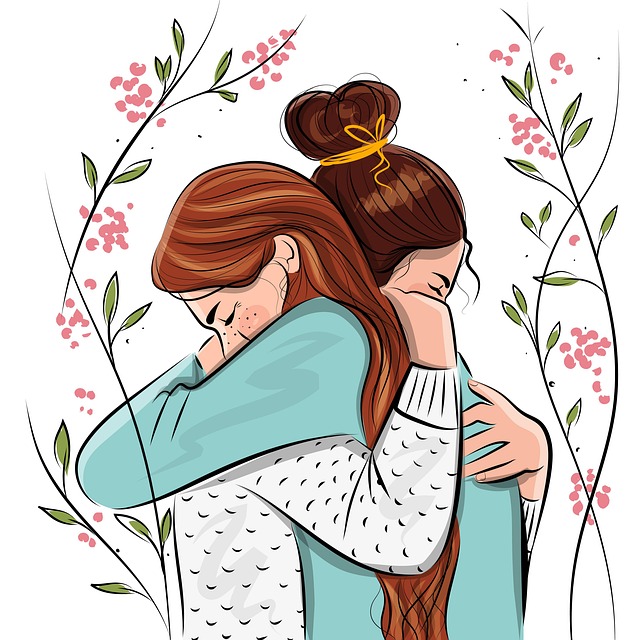Recognize visual cues like leaf discoloration, wilting, and unusual growth patterns in Thornton yard trees to identify potential health issues. Early signs of tree diseases, caused by environmental factors or health problems, warrant professional arborist consultation for effective treatment and recovery plans.
Unsure if your Thornton yard’s trees are struggling? Learn to recognize visual cues of distress, as early detection is key to effective tree care. This article guides you through identifying common diseases affecting local trees and crafting tailored treatment strategies. By understanding the signs of an unhealthy tree in your Thornton yard, you can promptly take action to preserve these vital green spaces. Discover practical tips for maintaining a lush, vibrant landscape.
- Recognize Visual Cues of Distress in Trees
- Common Diseases Affecting Thornton Yards
- Crafting Effective Treatment Strategies for Trees
Recognize Visual Cues of Distress in Trees

Recognizing visual cues is the first step in identifying if a tree in your Thornton yard is in distress. Unhealthy trees often exhibit noticeable physical changes that can alert homeowners to potential issues. Keep an eye out for leaves that appear discolored, wilting, or have an unusual shape and size. These could be indications of nutrient deficiencies, pest infestations, or fungal infections. For example, yellowing leaves might suggest nitrogen deficiency, while leaf spots or browning could signal a fungal disease.
Additionally, branches may start to die back or become weak, especially if they appear brown or black and are easily broken. Bark can also give clues; it might crack, peel, or show signs of decay. These visual cues are essential in determining the overall health of your trees and can help you decide whether a disease treatment plan is necessary.
Common Diseases Affecting Thornton Yards

In Thornton yards, several common diseases can affect trees, often resulting from environmental factors or underlying health issues. One of the most noticeable signs to look out for is leaf discoloration and droppage. This could indicate a range of problems, including nutrient deficiencies, overwatering, or fungal infections such as leaf spot diseases. Another visual cue is wilting, where branches show signs of drooping or curling leaves, which may be caused by pests or root rot.
Trees with decaying or oozing wounds on their trunk or branches are another red flag. These could attract insects and lead to further damage. Moreover, unusual growth patterns, such as twisted or distorted leaves, can point towards various diseases or viral infections. Identifying these signs early is crucial for effective disease treatment plans. If you notice any of these symptoms in your Thornton yard, it’s important to consult with a professional arborist to determine the best course of action for maintaining the health and vibrancy of your trees.
Crafting Effective Treatment Strategies for Trees

When addressing tree care disease treatment plans, crafting effective strategies begins with identifying the specific issue affecting your Thornton yard’s trees. The first step is to observe and assess any unusual growth patterns, discolored leaves, or structural damage. These signs can indicate various problems like fungal infections, insect infestations, or nutrient deficiencies.
Professional arborists recommend staying proactive by regularly examining your trees. Once an issue is identified, tailored treatment options become available. This may include organic remedies, fungicides, or insecticidal applications, depending on the problem. Proper pruning techniques and amendments to soil health are also integral parts of a comprehensive treatment plan aimed at restoring your Thornton yard’s tree health.
Identifying the visual cues of distress in your Thornton yard’s trees is a crucial step towards maintaining their health. By understanding common diseases and crafting effective treatment strategies, you can ensure these essential landscape elements thrive. Remember, prompt action when recognizing signs of an unhealthy tree can prevent further damage and foster a vibrant, lush outdoor space.
